- info@naturebylennart.com
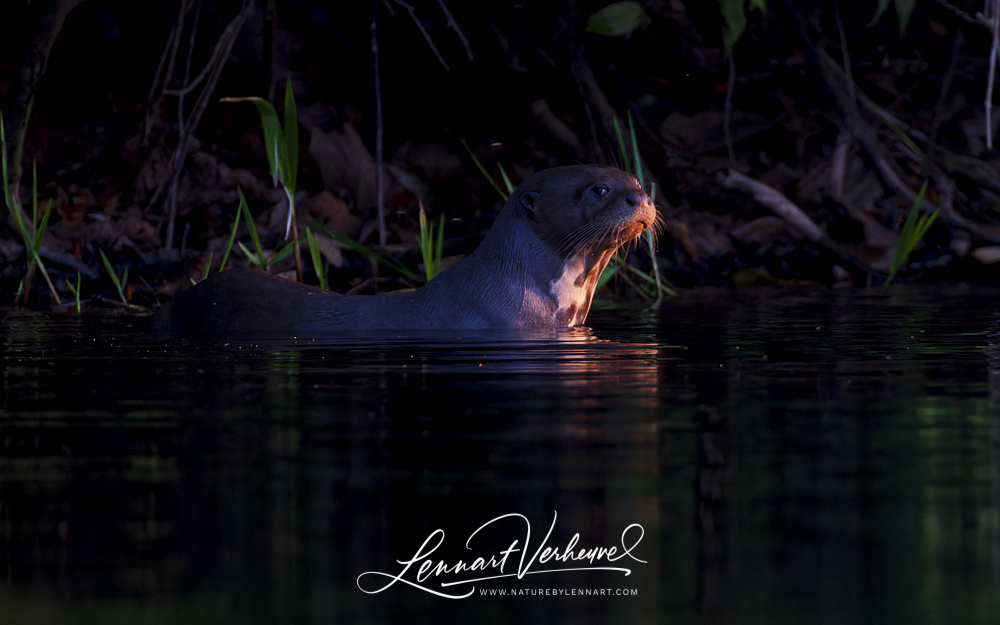
During my time in South-America there was another mammal that was high on my wish list: Giant Otter! It’s the largest otter in the world and since hadn’t seen any other in my life ever, it seemed nice to start with this one. In Tambopata I finally got the chance. Because I was asked at the last minute to help guide around some German tourists (hadn’t thought I would have to speak so much German in South-America), I also got the chance to search for them at a good spot. This was an oxbow lake called Triastianbatis where they were regularly seen. The tourists wanted to see them as well, so I could tag along!
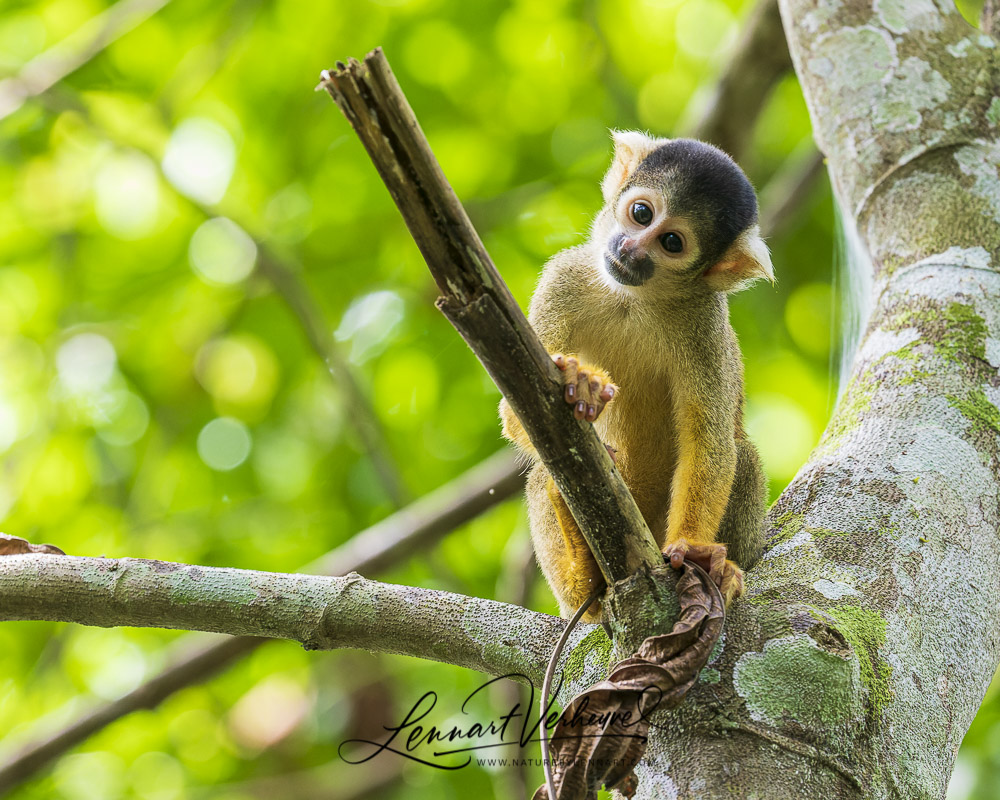
After Bolivia I went to Peru. First I spent two weeks at a language school in Cusco to learn Spanish and after that I went for three weeks into the Tambopata park in order to see as many animals as possible. My goal was to see at least one new wild cat, but sadly I did not succeed. Fortunately there were many other beautiful mammals to see: monkeys for instance!
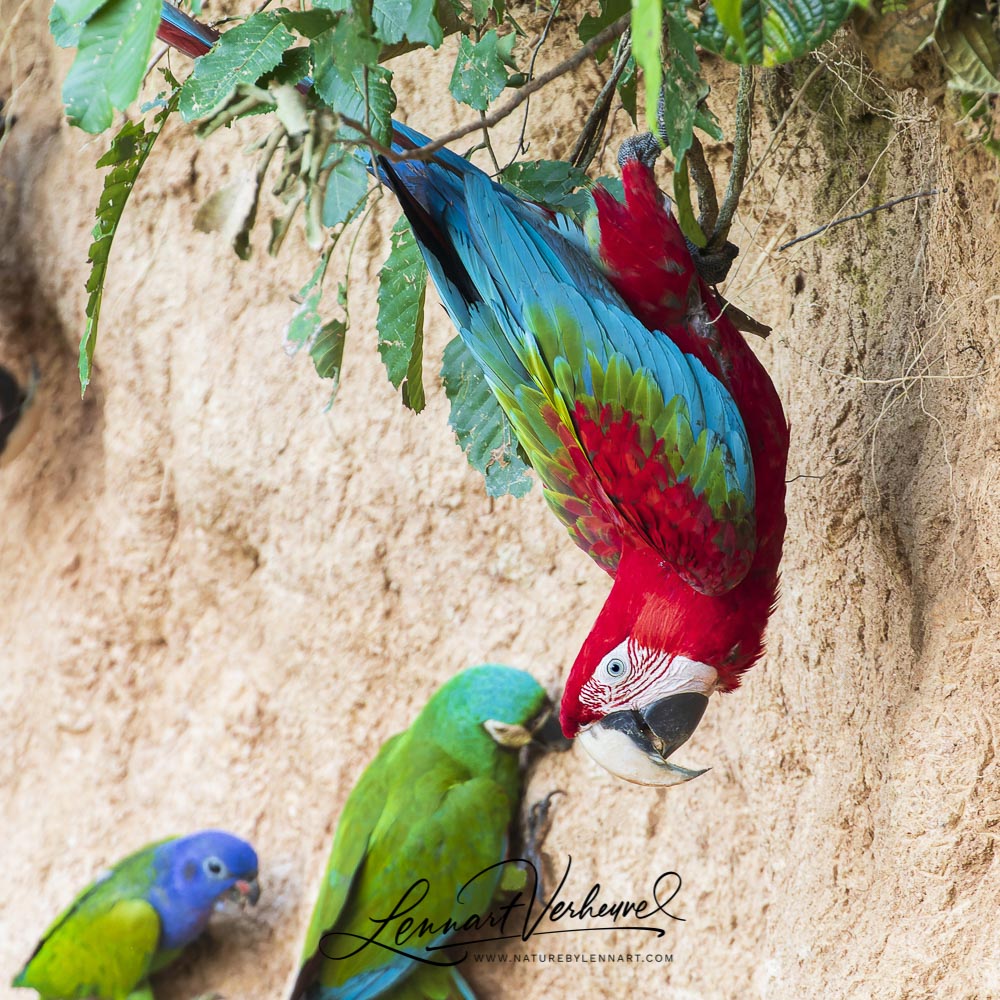
Photographers that go abroad often return with nice pictures of the most beautifully coloured birds. This might give the impression that in those countries it must be a lot easier to take pictures and all the birds are patiently waiting for you. However often it takes quite a bit of effort to get that shot of a parrot or parakeet! Of course in one place it can be easier than in another. In Tambopata I walked around for three weeks, but in those weeks I actually barely got the opportunity to really get a good shot of a parrot or parakeet. Of course sometimes I got a nice flight shot, but trying to approach a perched macaw proved difficult! Fortunately there were still ways to get close: a clay lick offered great opportunities.
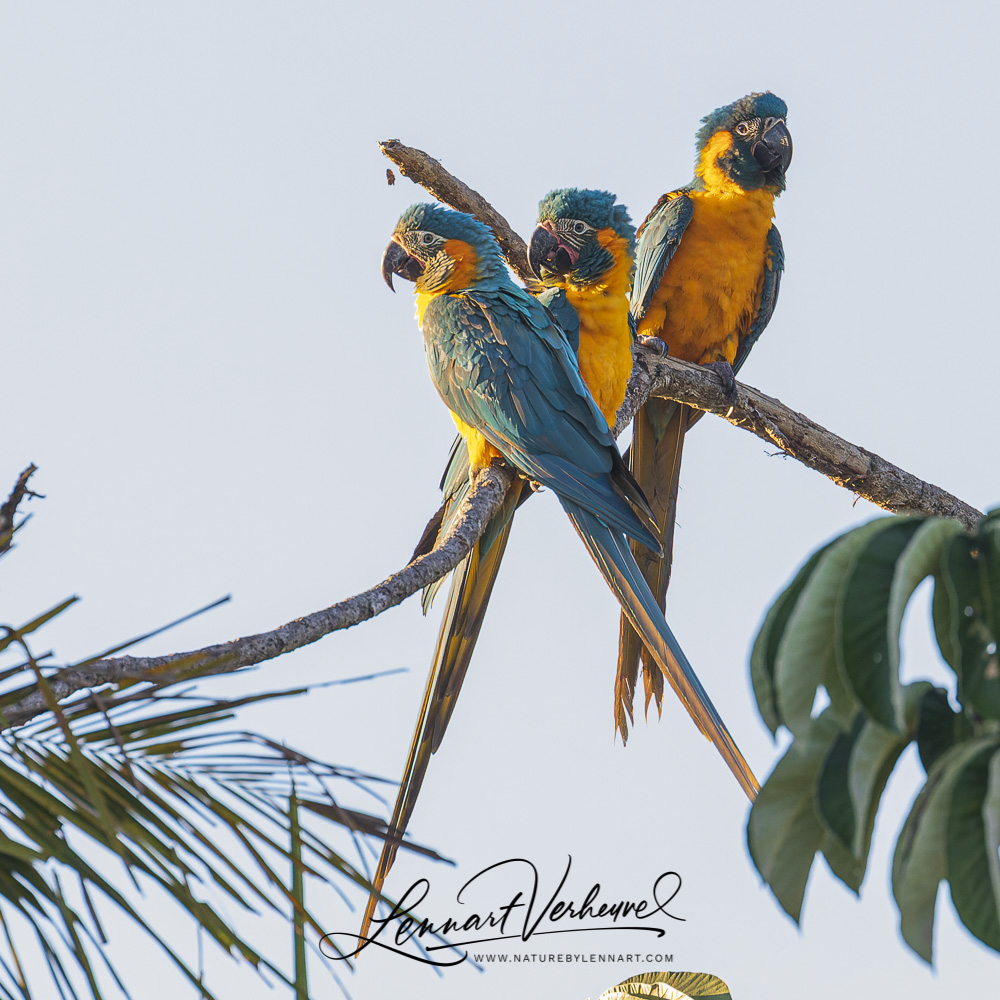
In my South-America trip I still had to fill in a gap of two weeks. The plan was to travel first for four weeks in Chile. I had arranged to visit a language school in Cusco, Peru, two weeks after that. So it would make a lot of sense for me to travel through Bolivia: new country, new experiences and new animals! Only I didn’t really have a clue of what I would be doing. Three weeks before I was heading off to Chile I stumbled upon the webpage of Asociación Armonía, the Bolivian version of BirdLife. The page about Barba Azul Nature Reserve looked very interesting and I noticed there was also a possibility to stay there working as a volunteer. I was supposed to get in touch with Tjalle Boorsma, which is a very Dutch name! So I just sent an email to Tjalle in Dutch and also received a reply in Dutch. Fortunately it was possible for me to stay there as a volunteer. So after Chile it was on to Bolivia!
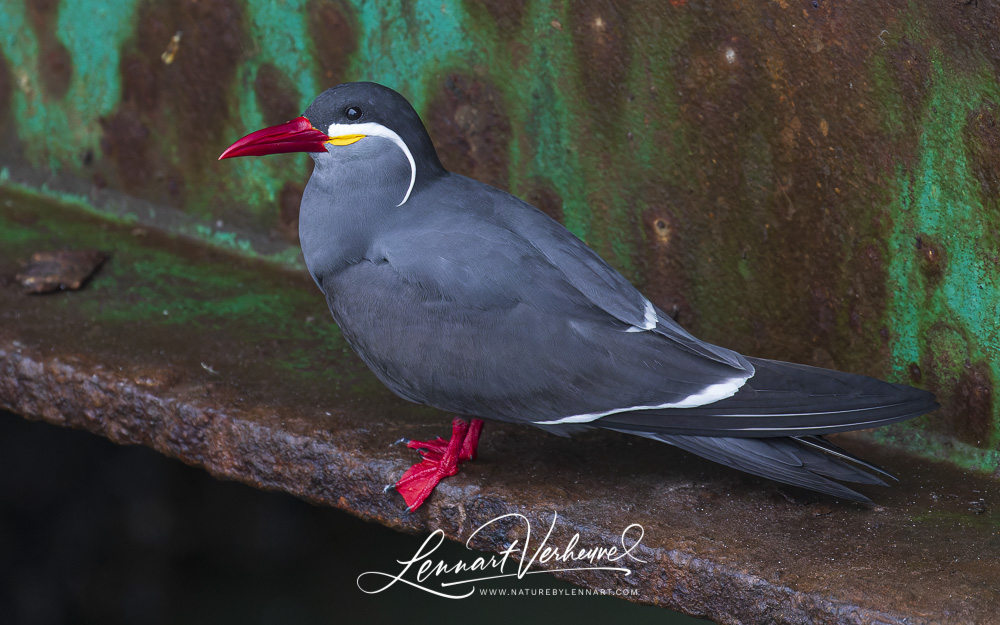
The Inca Tern is a unique South-American bird species that I really wanted to see. A gray tern with a red bill and with two white plumes on either side of the head that makes it look like it has a moustache. In the end I was only successful in one place: the harbour of the town Arica all the way in the north of Chile at the coast. That was sufficient though! The harbour was a nice place to visit anyway with pelicans, night herons and sea lions battling for the available fish.
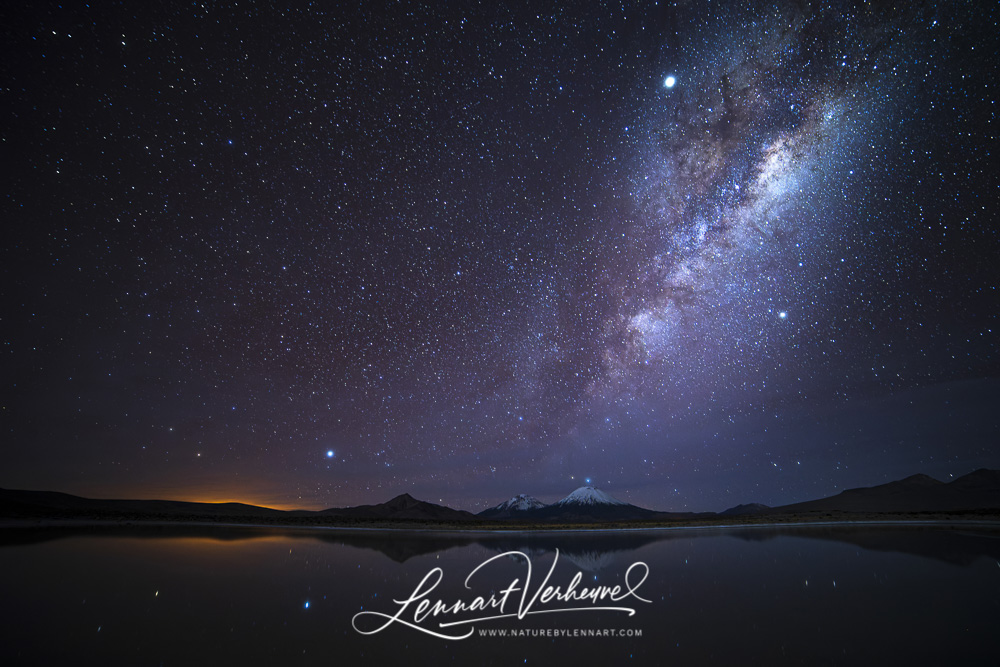
We have two weeks in the high Andes to search for some special cats that live at these high altitudes. Here it is possible to drive by car up to 4500 meters which is higher than I’ve ever been. Since it’s the dry season there is no rain. Together with the remote location and the high altitude this makes perfect conditions for watching stars.

After a couple of great weeks in Patagonia we are back in Santiago. Not that there is much to be seen here: the real spectacle is still 500 kilometres away! I had already quite firmly set the schedule for my trip when I suddenly found out that on July the 2nd there would be a solar eclipse in Chile. Since experiencing a solar eclipse sounded like a really cool thing to do, I tried to fit it in. Since Chile is such an enormous country this required careful planning.
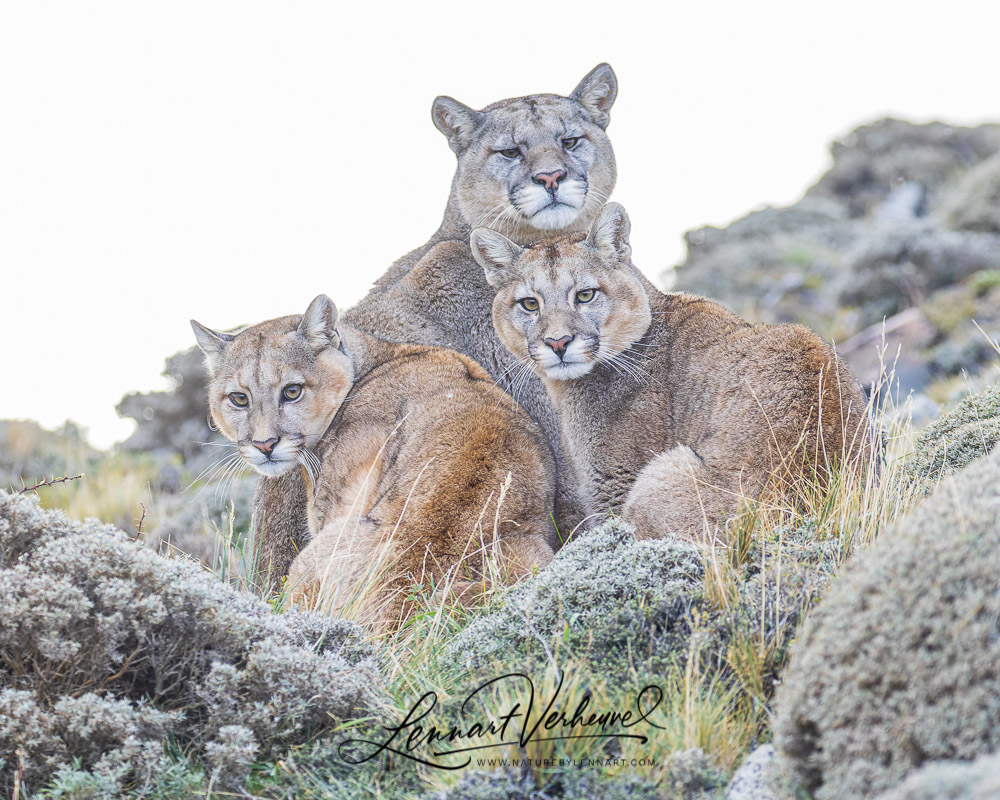
Two years ago I already started planning this trip, I always wanted to do a long trip after I had finished my studies at university. During that time my thoughts about what I was going to do changed many times, but eventually there was a plan! My plan is to visit three countries: Chile, Bolivia and Peru. Of course one goal is to work on my cat list, but I also want to improve my Spanish and of course I’ve got my eye on a few birds. The trip started at the most southern airfield of Chile: Punta Arenas. The goal of this part of the trip is Torres del Paine: a park that is supposed to be the best place in the world to see Puma’s.
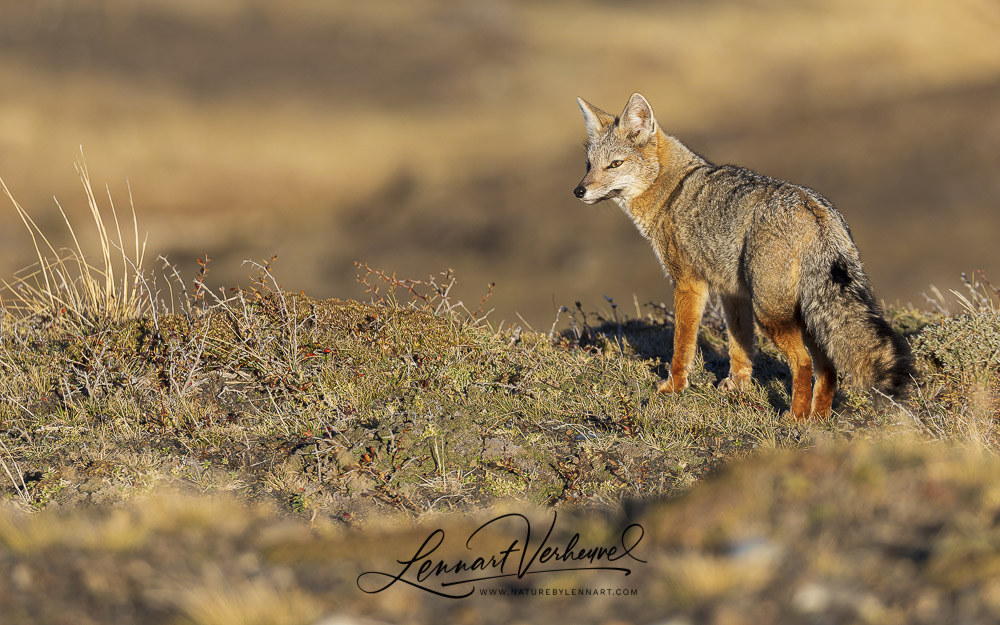
Torres del Paine National Park is known for it’s Puma’s. Naturally they are the stars of the Park, but there are more nice animals to see! When we were walking around there we encountered a pair of South-American Grey Foxes. These foxes are pretty common in Patagonia, but they still look very nice! We had them in beautiful light too. I took a lot of pictures….
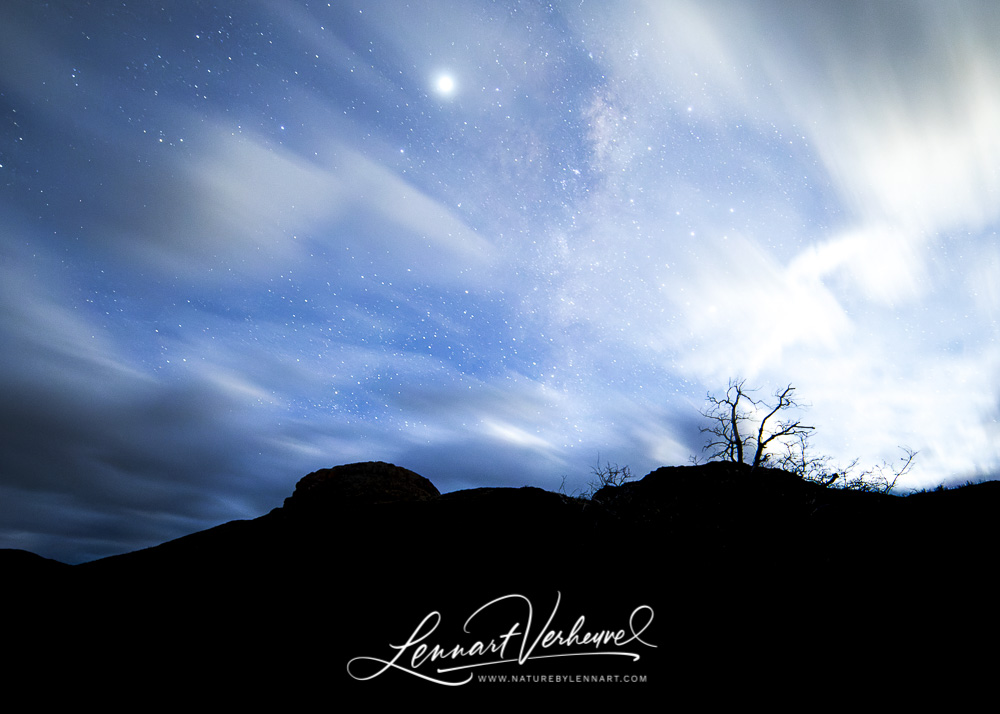
Patagonia has more to offer than just animals: the landscapes are pretty nice too! I also wanted to show something of that. Especially Torres del Paine offers some great views, both during the day and at night. See the gallery below for a selection of Patagonian landscapes!
Copyright of articles and pictures on naturebylennart.com remains with Lennart Verheuvel and without permission they can not be used in any way
